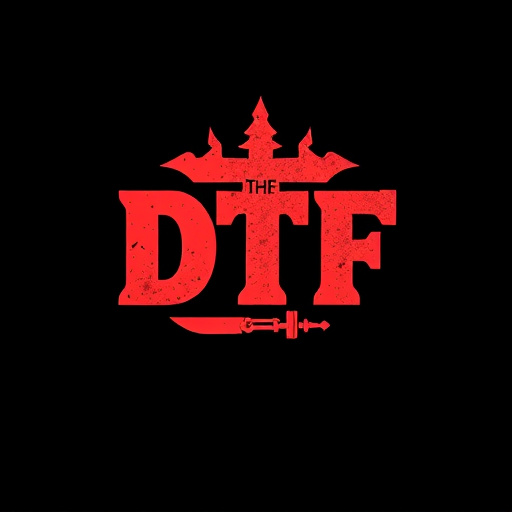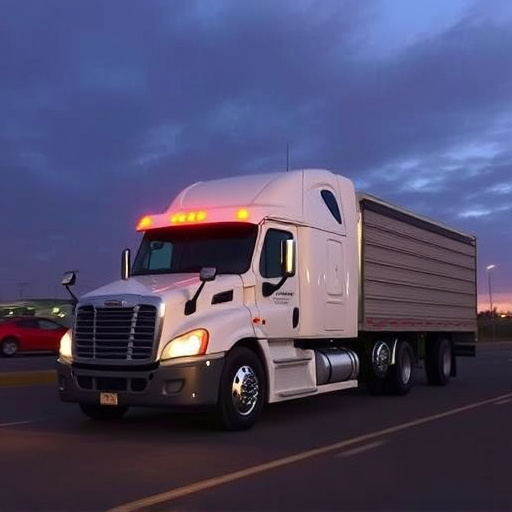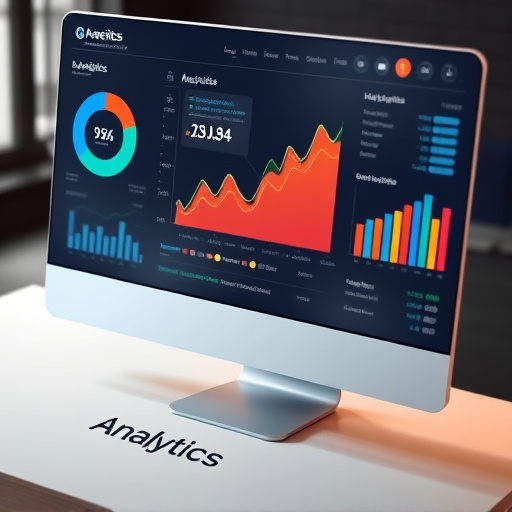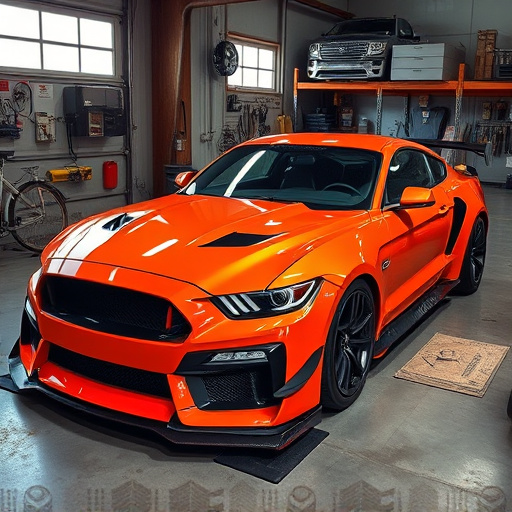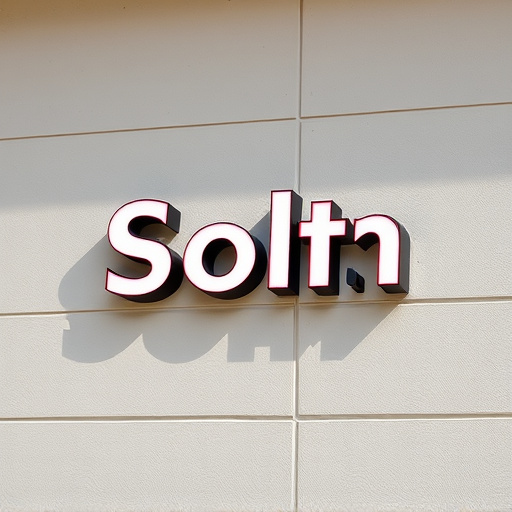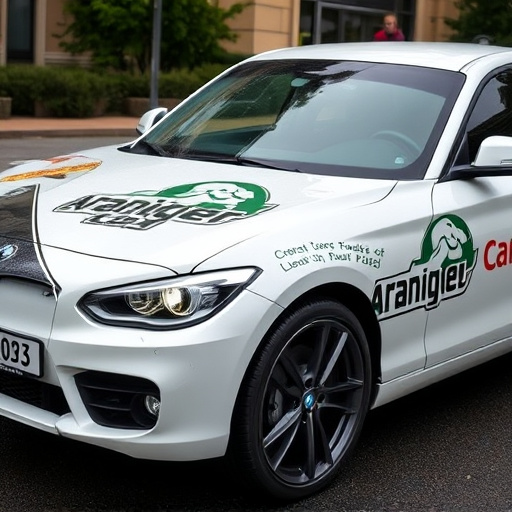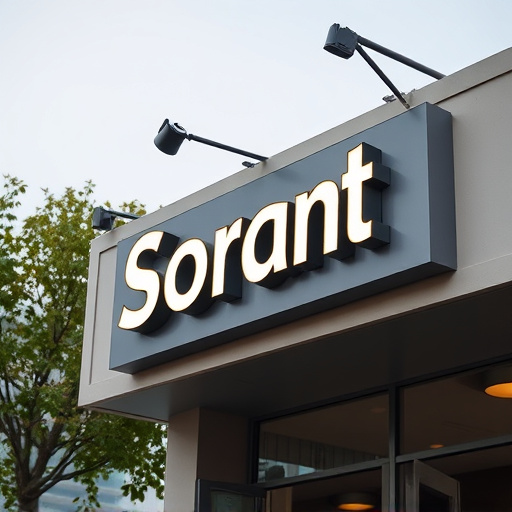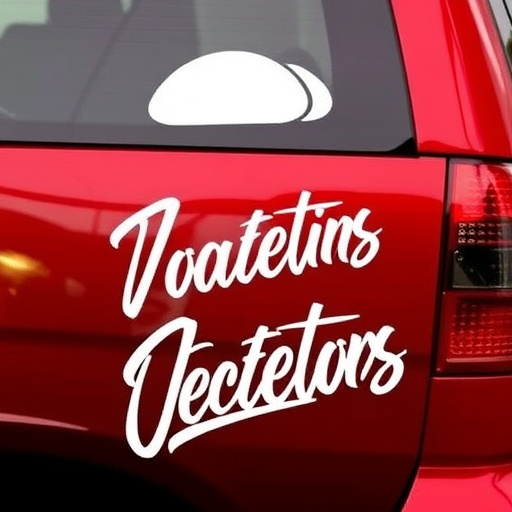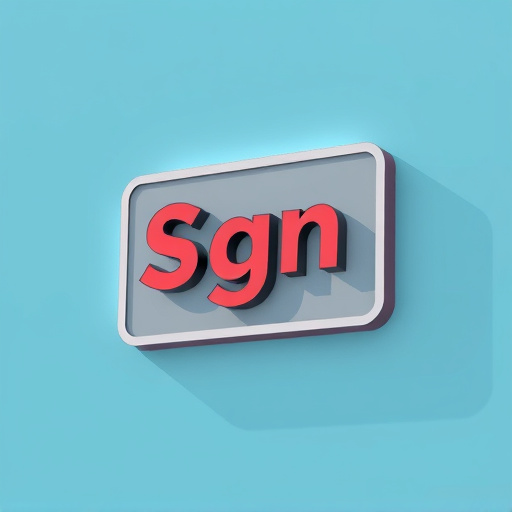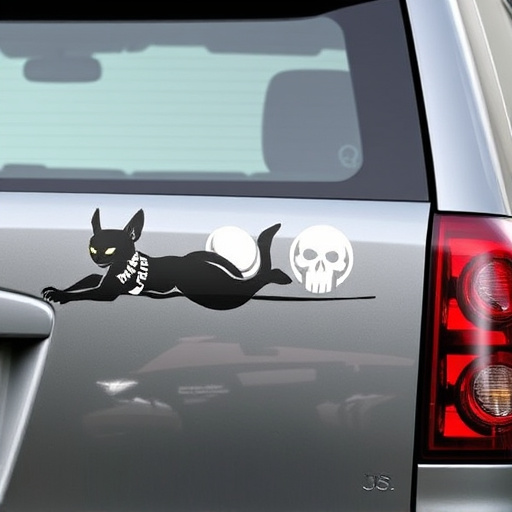To create impactful event graphics design, start by deeply understanding your event's theme and purpose, setting the visual narrative through color schemes, shapes, and storytelling. Tailor your designs to resonate with your target audience's demographics, interests, and expectations—from minimalist aesthetics for serious topics to bold, creative concepts for entertainment or luxury events. This strategic approach ensures your graphics not only attract attention but also foster meaningful connections with attendees long after the event ends.
“Unleash the power of visual storytelling at your next event! This comprehensive guide reveals the secrets behind crafting captivating event graphics design. From understanding your audience and defining themes, to designing visually stunning elements and structuring narratives, you’ll learn how to create memorable experiences. Discover the art of aligning color palettes, typography, and layout with your event’s purpose, while weaving key messages and calls to action seamlessly into the design. Elevate your events with compelling graphics, icons, and illustrations that leave a lasting impression.”
- Understanding Your Event and Audience
- – Identifying the event theme and purpose
- – Defining target audience and their expectations
Understanding Your Event and Audience
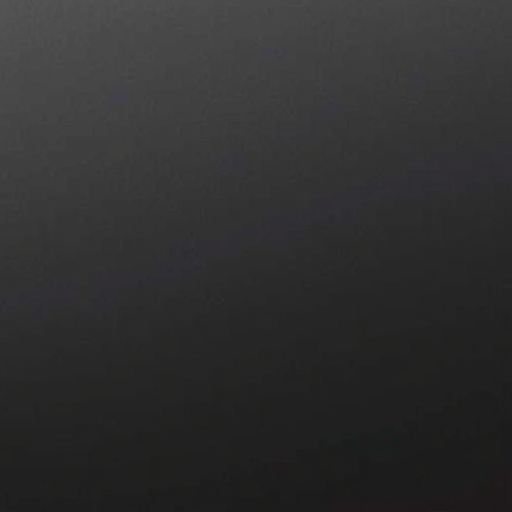
Before diving into the creative process of event graphics design, it’s paramount to understand the essence of your event and the audience you’re catering to. Event graphics design is more than just visual elements; it’s storytelling through art that resonates with attendees. Begin by immersing yourself in the event’s purpose, theme, and objectives. Consider what message or experience you want to impart. Are there specific elements from a brand or product launch that need highlighting? For instance, if your event focuses on sustainability, incorporating eco-friendly themes and colors can reinforce the narrative.
Knowing your audience is equally crucial. Different demographics, age groups, and interests will respond to visuals differently. Tailor your design choices to engage them effectively. For example, a tech conference might use modern, minimalist graphics with sleek lines and vibrant accents to appeal to younger audiences familiar with contemporary digital aesthetics. In contrast, an event centered around classic cars could utilize vintage-inspired illustrations and retro color schemes, evoking nostalgia for older attendees who appreciate automotive history. This tailored approach ensures your event graphics design not only looks captivating but also communicates meaningfully with your audience.
– Identifying the event theme and purpose
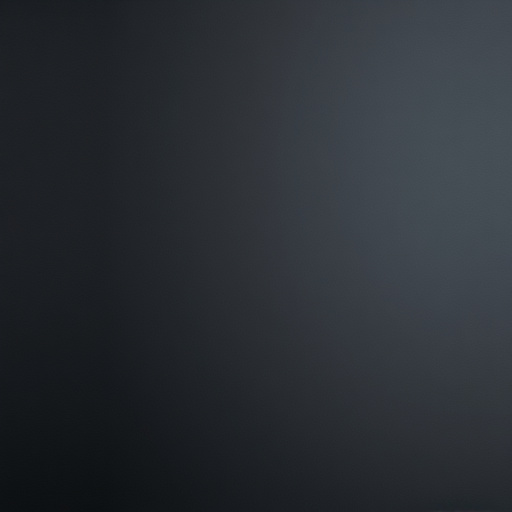
When crafting event graphics design that tells a story, it’s crucial to start with a clear understanding of the event theme and purpose. The event theme serves as the cornerstone for your design, dictating the visual elements, color schemes, and overall aesthetic. For instance, if the event is centered around environmental conservation, your design might incorporate organic shapes, earthy tones, and recycled materials to reinforce the message.
Identifying the primary objective of the event is equally vital. Is it to raise awareness, promote a product launch, or facilitate networking? This purpose will guide the storytelling aspect of your design. For example, for a product launch event, the graphics should not only highlight the features but also create anticipation and excitement around the unveiling. Incorporating teaser elements, dynamic visuals, and catchy slogans can effectively communicate the event’s purpose to the audience, ensuring a memorable experience that resonates long after the event concludes—think of it as transforming attendees from casual observers into engaged participants through visually compelling storytelling.
– Defining target audience and their expectations
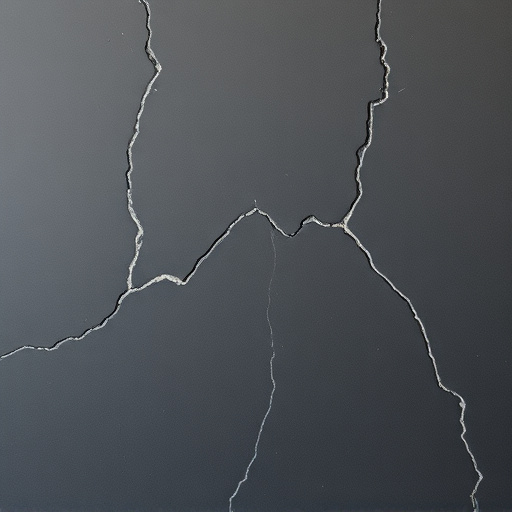
Understanding your target audience is a pivotal step in crafting compelling event graphics design. Different demographics and interests require varied visual approaches to engage effectively. For instance, designing for a corporate event focused on innovation might emphasize clean lines, modern typography, and subtle branding, appealing to professionals seeking subtlety and sophistication. In contrast, a music festival catering to younger audiences may benefit from vibrant colors, abstract shapes, and bold typography, reflecting the energetic atmosphere and creating a visually captivating experience.
Knowing your audience’s expectations is equally vital. For conferences or educational events centered around serious topics, a more minimalist and formal design might be suitable, ensuring clarity and ease of readability. Conversely, for trade shows or product launches highlighting entertainment or luxury, designers can explore bolder, more creative concepts, such as custom graphics or even vehicle protection visuals, to capture attention and convey brand personality, especially when showcasing innovative products with unique selling points.
Crafting compelling event graphics design requires a deep understanding of both the event itself and its intended audience. By clearly identifying the theme, purpose, and target demographic, designers can create visuals that not only capture attention but also convey a narrative that resonates with attendees. This strategic approach ensures that the event graphics design enhances the overall experience, leaving a lasting impression.


